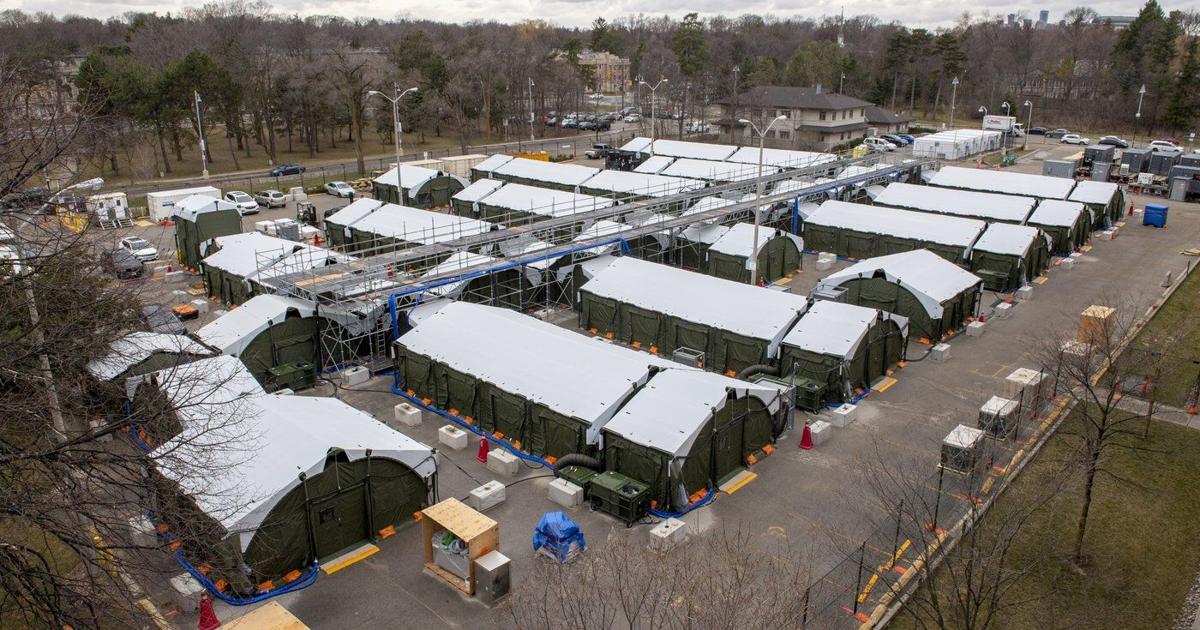- Reaction score
- 7,231
- Points
- 1,360
Just spotted this:

 www.thecanadianpressnews.ca
Also archived here.
www.thecanadianpressnews.ca
Also archived here.
Love to hear from medical folks around these parts if it makes more sense to hang onto these things, or to shuffle them off? How much did they get used in the COVID times?

Ottawa looks to off-load costly, seldom-used mobile hospitals bought for the pandemic
OTTAWA - The federal government expects to spend about $7 million this fiscal year to store and maintain four custom-made, portable hospitals that cost taxpayers more than $200 million to
Love to hear from medical folks around these parts if it makes more sense to hang onto these things, or to shuffle them off? How much did they get used in the COVID times?



